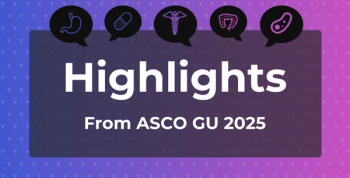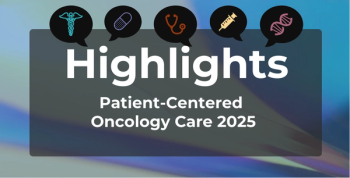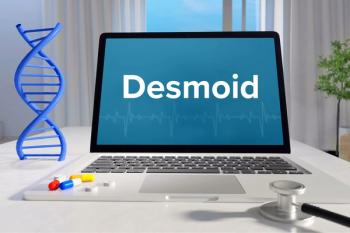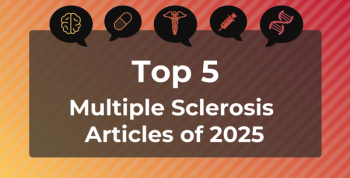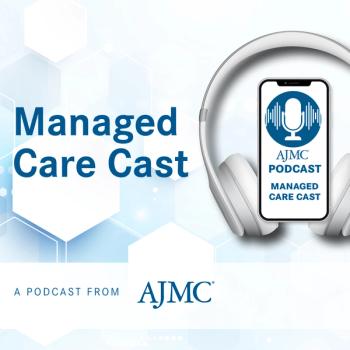
Education Surrounding Dry Eye a Persistent Barrier in Treatment
Key Takeaways
- Dry eye disease significantly impacts quality of life, with 75% of sufferers finding it bothersome and many reducing daily activities.
- A substantial 78% of survey participants desire more educational resources on dry eye, despite using treatments.
A new survey found that most individuals with dry eye were not sure if dry eye resolves by itself, highlighting a lack of education on the disease.
A new survey released by Bausch + Lomb highlighted the need for more education surrounding
Dry eye is an eye condition that primarily affects tear production in the eye, leading to tear film instability. This can lead to blurred vision, itching, watering, and burning in the eye that can affect quality of life.3 This quality of life impact was focused on in the first iteration of the survey, State of Dry Eye.2
The survey was first conducted in 2024 and included 2003 adults living in the United States. The survey featured insights on how much dry eye affected the daily life of the individuals living with the condition. A total of 75% of patients with dry eye said that dry eye was extremely or very bothersome, and 31% said that their symptoms had gotten worse over time. Cutting back on daily activities was common in 67% of the population, as 32% cut back on screen time, 24% reduced makeup use, and 25% spent less time outdoors. The participants of the survey claimed that reading, device use, and driving were affected by their condition. Notably, 70% of them did not know about either prevention or treatment.
This theme of low education about dry eye persisted in the second annual survey,1 where Bausch + Lomb asked participants about how much they knew about dry eye. Participants of the survey were those who were using either over-the-counter (OTC) or prescription treatment. A total of 78% of the participants wished for more resources and education on dry eye, even though most participants felt satisfied with their own understanding of the disease.
A total of 68% of OTC users and 53% of prescription users either believed or were not sure about whether dry eye was able to resolve itself over time after some form of treatment, totaling 62% of the participants overall. Education on long-term treatment was also minimal, as 42% of the participants either did not know or were not sure about whether they would be required to use treatment in the long term; 43% did not know or were not sure about whether dry eye was a temporary condition or not.
Delays in treatment were also noted in the survey, with 40% of participants noting that they waited 6 or more months before they saw a doctor about their symptoms. A majority of those who used prescription medication for dry eye (88%) either strongly or somewhat agreed that they wished that they had started using prescription medication sooner. The participants also wanted varied types of treatment to relieve their symptoms, including 50% wanting treatments to address the dryness of their eyes and 71% wanting consistent relief.
These survey results demonstrate both a lack of education surrounding dry eye and a delay in treating symptoms after they start to appear in a patient’s eyes. Expanding education on dry eye and offering treatments that are preferred by patients can help to address the widespread effects of dry eye from affecting millions of people within the US. This survey pinpoints areas of particular interest as eye doctors continue to expand knowledge of dry eye throughout the country.
"These latest findings offer clear metrics to inform how eye care professionals communicate with patients and evolve their clinical approach. By sharing this data, Bausch + Lomb empowers us to foster intentional, proactive connections - aligning patient expectations with treatment options that can deliver dry eye symptom relief,” said Selina R. McGee, OD, FAAO, founder of BeSpoke Vision.
References
1. Bausch + Lomb combines patient voices and new survey insights to combat persistent misconceptions about dry eye. News release. Bausch + Lomb. July 1, 2025. Accessed July 2, 2025.
2. Bonavitacola J. Survey reveals important factors in patients with dry eye. AJMC®. July 8, 2024. Accessed July 2, 2025.
3. Dry eyes. Cleveland Clinic. Updated June 20, 2025. Accessed July 2, 2025.
Newsletter
Stay ahead of policy, cost, and value—subscribe to AJMC for expert insights at the intersection of clinical care and health economics.

